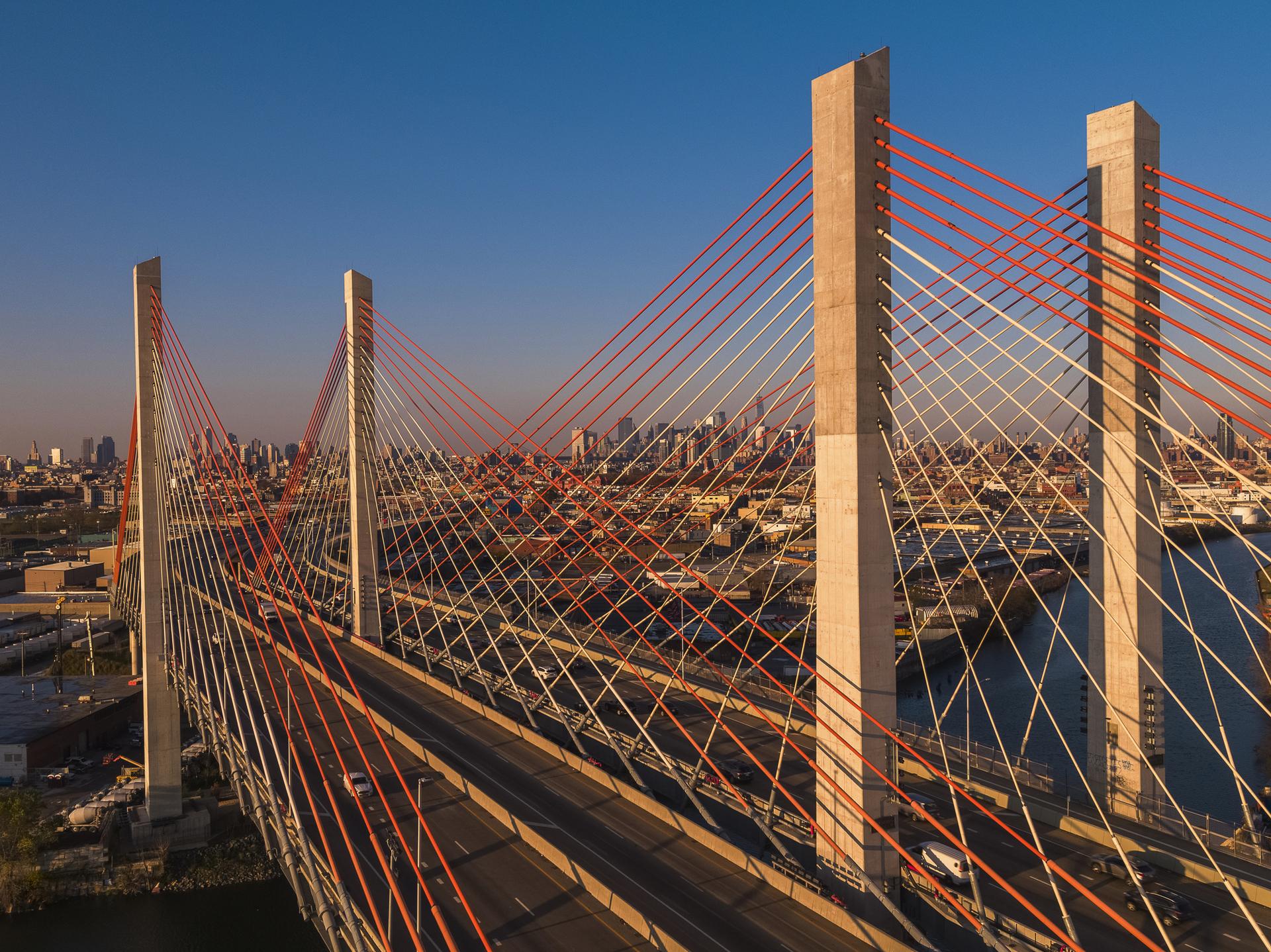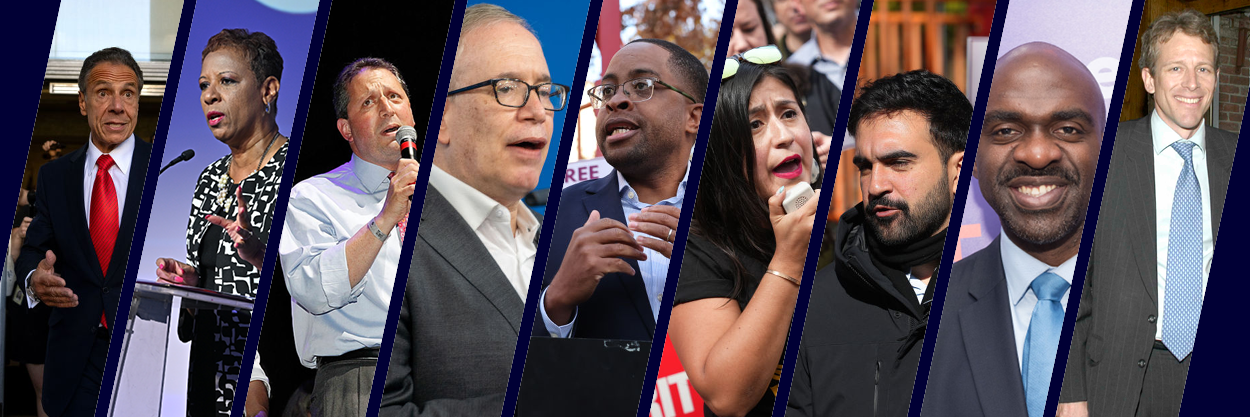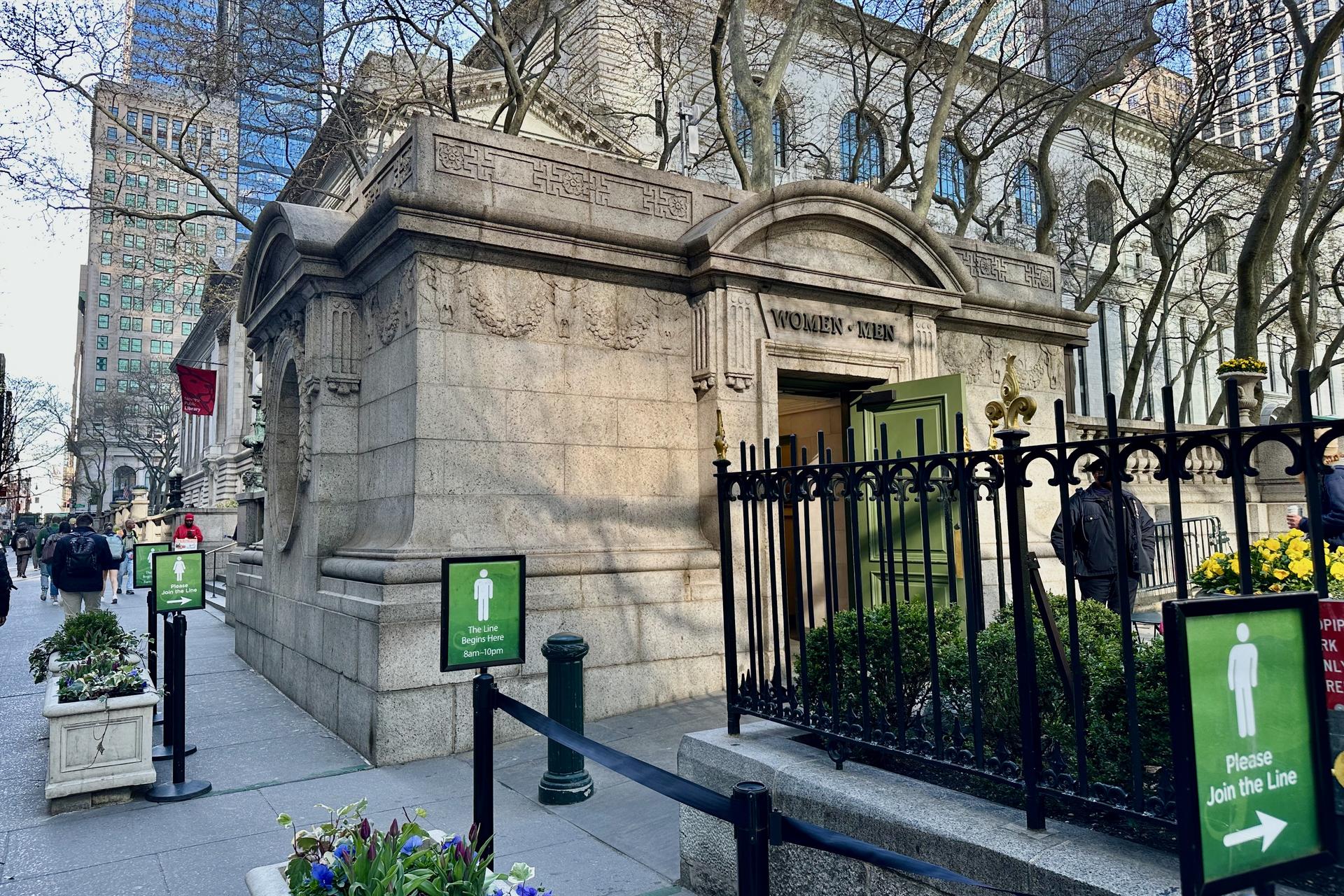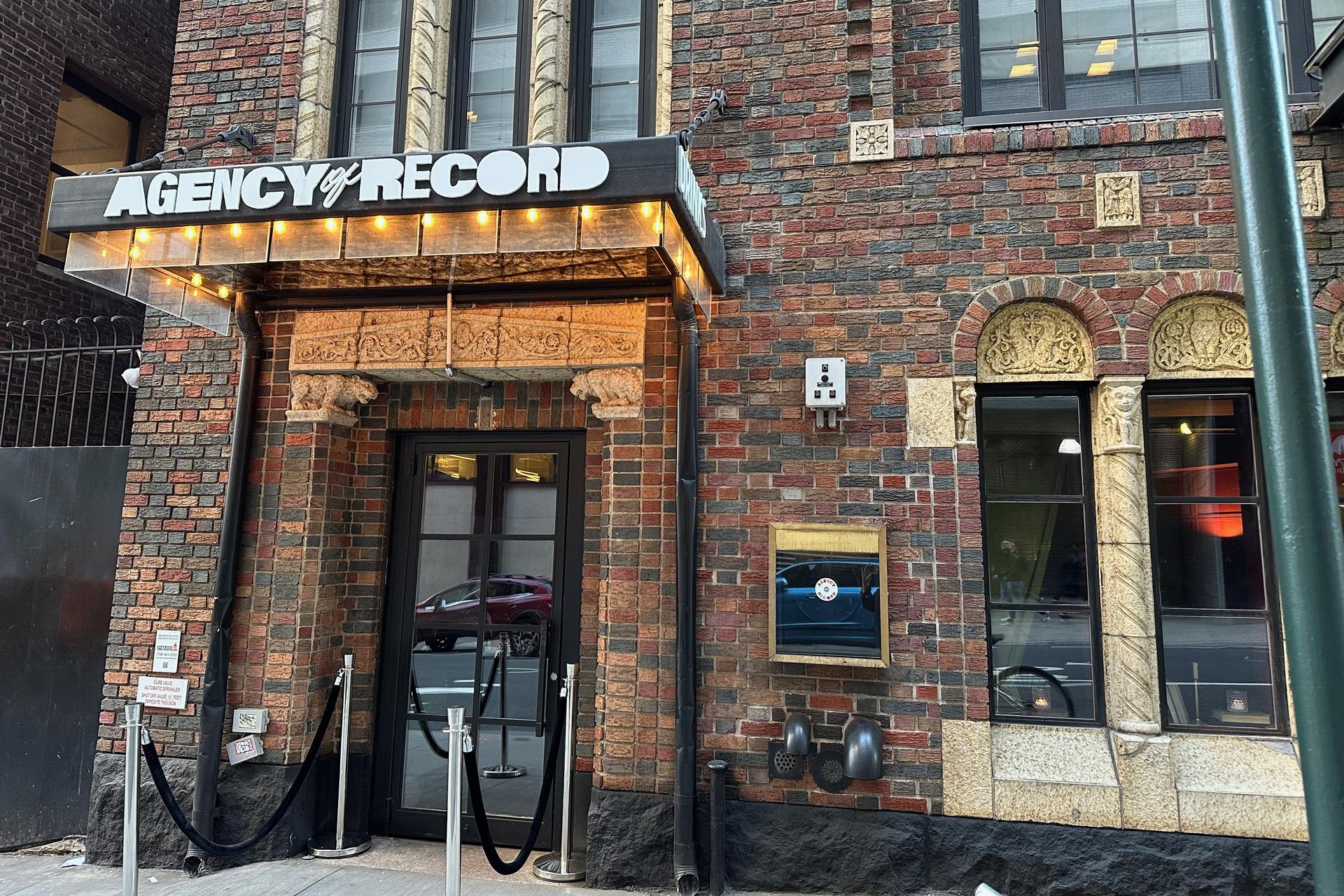Assemblymember Zohran Mamdani, the Democratic Socialist candidate for mayor, unveiled how he plans to fund his ambitious agenda to build public housing larger than NYCHA, offer free childcare, buses, and more. His answer? Tax the rich.
He says his plan would generate $10 billion in revenue, $9 billion from higher taxes and the rest through better management and improved collections. In particular, he wants the state to "raise the top state Corporate Tax rate to 11.5% —the same rate as New Jersey’s," through which he expects to raise $5 billion a year, and add a "2% New York City Income Tax for anyone making more than $1 million a year," expected to raise $4 billion a year.
To assess the plausibility of Mamdani’s math and the broader fiscal implications, I spoke with E.J. McMahon, a longtime Albany budget analyst and one of the most respected voices on New York’s public finances.
Liena: On the corporate tax side, how do his proposals compare to what companies already pay in New York City—and how would they stack up nationally?
E.J.: While New York State’s top corporate tax rate is 7.25%, Mamdani never seems to acknowledge that there is a 30% corporate tax surcharge imposed throughout the downstate region—New York City, Long Island, and five lower Hudson Valley counties—to subsidize the MTA. That boosts the top rate in the region to 9.425%, higher than the rates in all but three states. This region generates more than 90% of Albany’s total state corporate tax collections. Mamdani’s proposal would boost the top rate in the region to between 13.7% and 15%, easily the highest in the country, depending on how the MTA surcharge is applied.
But wait—there’s more! Also unacknowledged by Mamdani, New York City imposes its own business corporation tax rate of up to 8.85% of corporate net income, bringing the current total for firms doing business in New York City to 18.275%. So Mamdani’s proposal would raise the combined top corporate rate in the city to at least 22.6%, which is not only double the NJ rate but higher than the federal corporate tax rate. Meanwhile, some other states are moving in the opposite direction. Pennsylvania, for example, is in the process of lowering its corporate rate in stages to just under 5%. Connecticut has a corporate tax rate of 7.5%.
Liena: What would be the actual impact of Mamdani’s proposed 2% city income tax increase on top earners? Would it meaningfully increase revenue or accelerate out-migration?
E.J.: The current top rate on personal income tax for NYC residents ranges from 13.55% starting at $1 million, to 14.2% on incomes above $5 million, to 14.8% on incomes above $25 million. That’s easily the highest in the country, with only California coming close with a top resident income tax rate of 13.3%.
Mamdani's 2% increase in the city resident marginal tax rate on incomes above $1 million would raise the combined state-city rate to a range of 15.6% to 16.8%. Virtually all of it would no longer be federally deductible, since the coming extension of the 2017 Trump tax cuts will likely include no more than a token increase in the cap on SALT.
Income millionaires now generate more than 40% of the city’s income tax, the largest share ever. From the federal level on down, four of the past five tax years produced unusually large capital gains tax revenues, generated by Wall Street profits and rising stock prices. Yet New York State’s share of the nation’s income millionaires has dropped quite a bit since the end of the Great Recession in 2010. A further increase in New York City’s marginal rate will only accelerate the city’s outflow of very high income households. [Editor's note: The Fiscal Policy Institute disagrees].
His revenue increases from significant increases in already high taxes assume absolutely no behavioral response—no shifting of households or corporate HQs or assets to other jurisdictions. The actual revenue raised is likely to be much less.
The supposed savings from procurement reform and "collecting money the city is owed" are obviously speculative.
Liena: Mamdani proposes borrowing $100 billion to build public housing. Could the city legally and financially support that scale of borrowing under current debt limits?
E.J.: With housing, as with everything else, Mamdani has no interest in clearing obstacles to private-sector development, but sees government as the sole source. If, somehow, the city ever spent $100 billion on housing over 10 years, it would not produce the 200,000 units he estimates, even at a cost of $500,000 per unit, in part because the unions he promises to make his partners in the effort will drive up the cost even higher.
As for financing, according to the latest comptroller’s report on capital debt and obligations, the city’s projected additional debt-incurring power will be $29 billion at the end of the current fiscal year on June 30, and will thereafter descend to about $21 billion in 2028. Mamdani’s plan assumes adding $70 billion in capital debt for housing over 10 years, on top of $30 billion he says is already in the plan.
Spread evenly, that would be $7 billion a year, so all other questions and objections aside, his housing bond proposal conceivably could be accommodated in the plan. It would obviously push up debt service costs, but not necessarily above the ceiling the city uses to evaluate affordability, which is 15% of revenues. It’s now 11%. But both the debt cap and the affordability ratio will be heavily influenced by economic conditions and interest rates as they evolve over the next 10 years.
Liena: If Mamdani were elected, how likely is it that Albany would approve his tax and spending agenda—especially with elections looming?
E.J.: The Democratic conferences in both houses of the Legislature, particularly members from New York City, are dominated by hard-core progressives, both Mamdani’s fellow DSA members and others who are merely well to the left without formally embracing the “S” word.
If he somehow scored an upset in the mayoral race, he would have considerable momentum and political capital, and I wouldn’t bet against him winning approvals he needs for much, if not all of his spending agenda, up to a point.
Governor Hochul, as we’ve seen, is not a particularly strong leader, nor is she averse to big spending and tax increases, especially if the bills pass wholly or mainly through the city budget. However, even given all that, his proposed tax hikes are so enormous they’d face resistance even from this governor and Legislature.
Liena: Is there anything in his plan that makes sense to you, is a good or at least a reasonable idea?
E.J.: Mamdani’s program endorses “Common Sense Procurement Reform,” and alludes to purchasing process improvements recommended in a Citizens Budget Commission report six years ago. Among other things, CBC recommended streamlining the process and requiring more competitive bidding. This is the closest thing to a reasonable proposal Mamdani has surfaced.
The rest of what he calls his “Smart Governance” platform involves more aggressive tax audits and collection of unpaid fines. Unobjectionable goals of the sort you find in every mayoral candidate’s policy platform in any year. The supposed savings are essentially pulled out of thin air.
In conclusion, one thing you can say about Zohran Mamdani is that he’s not running under a false flag. He’s unabashedly as “socialist” as his preferred party label would indicate.








